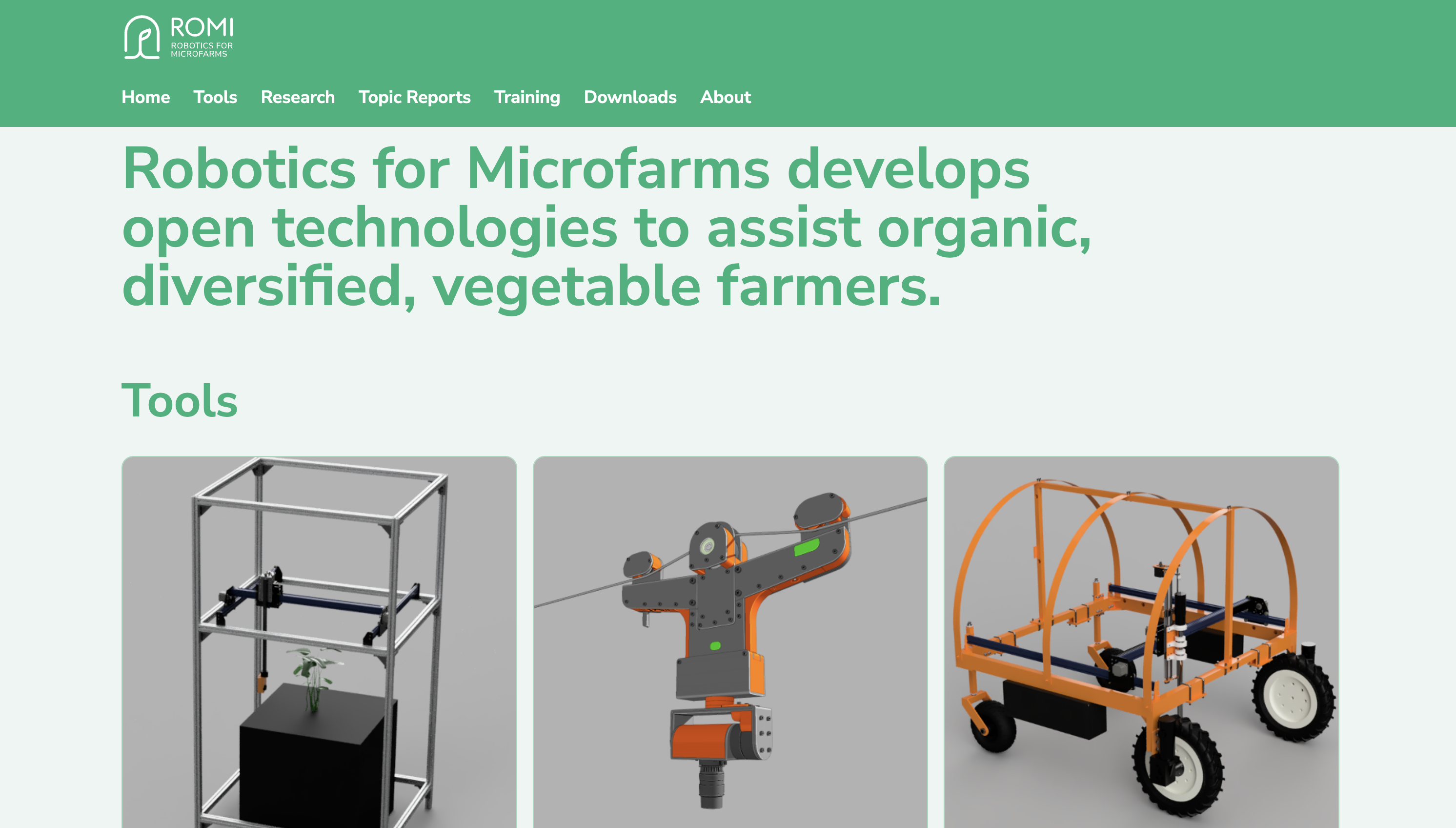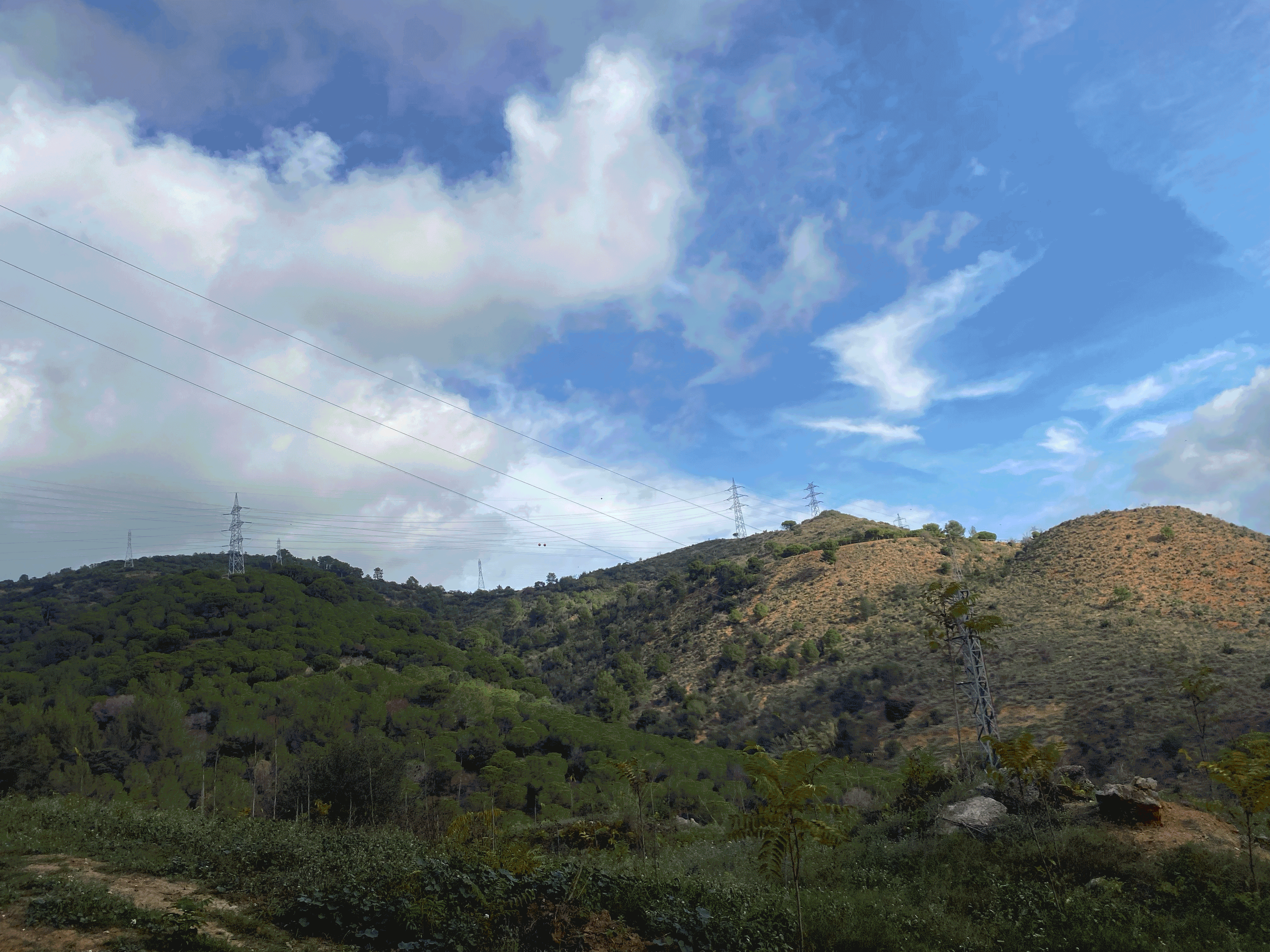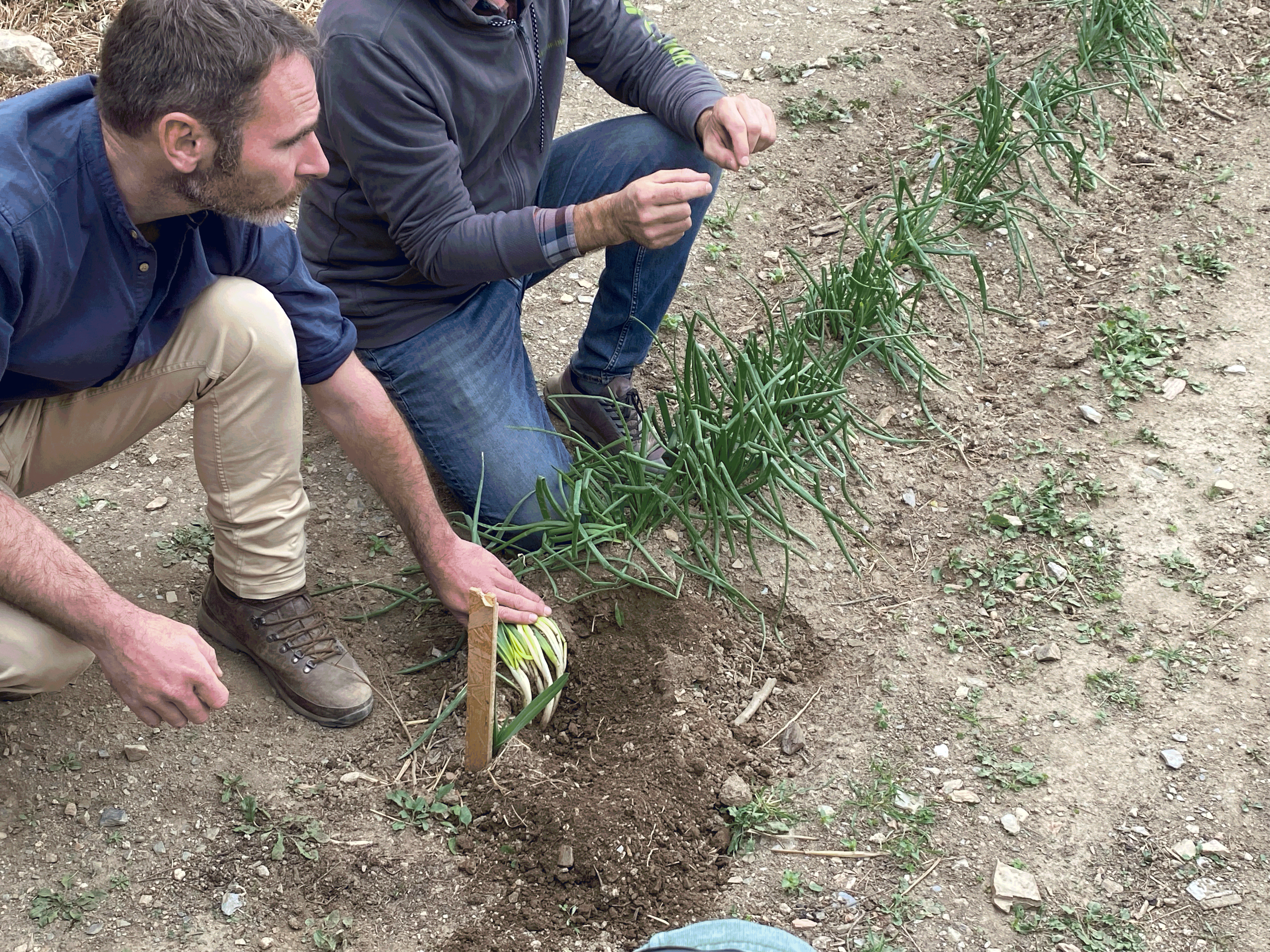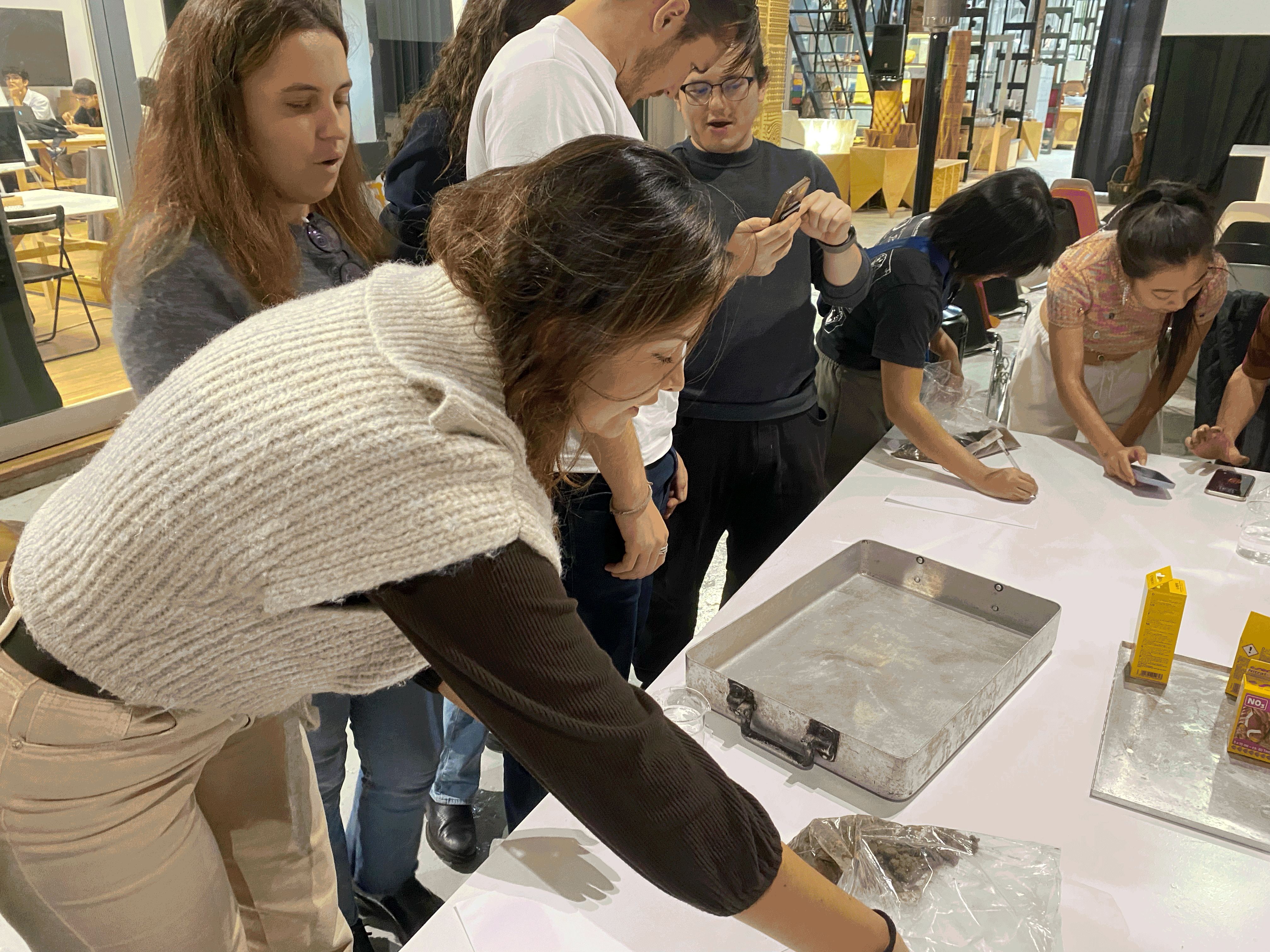Agriculture Zero 🚜
14/11/2023 - 16/11/2023
Welcome to the Agri Zero seminar, an immersive seminar that challenges and redefines the future of sustainable agriculture. Here, we tackled the critical question of how to align agricultural productivity with ecological restoration to support both global markets and a healthier planet. Through a hands-on field trip experience we got to know first hand agriculture workflows, understand what’s around us and theorized about the future of agriculture
Intro to agriculture 🧑🌾
The approach, during this first class, was an introduction to agriculture. This first theoretical class had as its objective to to learn the basic agricultural systems and tools used today and the future of of agriculture. By talking to us about different projects like ROMI, which I found fascinating, Jonathan showed us all the amazing things currently happening in the agricultural world. The ROMI project stands out as a visionary endeavor, merging the realms of sustainable agriculture with the cutting edge of robotics. By developing tools that can adapt to the complexities of organic and polyculture farming, ROMI addresses the urgent need for innovation in agriculture that respects ecological balance and meets the challenges of climate change. Its focus on enhancing productivity while improving working conditions reflects a thoughtful approach to technology—one that serves people and the planet. This initiative not only promises to revolutionize small-scale farming but also signals a hopeful pathway towards a more resilient and sustainable food system.

Field trip 🚜
The second day of the seminar was a 360-degree switch; we didn’t go to class to attend this one; we went to the mountains. We went to Valldaura’s IAAC campus, where MAEB students live and study in an auto-sufficient way. On our way up, Jonathan introduced us to the app INaturalist. This app, with the use of AI, will tell you what plant, tree or animal you’re looking at based on your

Finally we arrive 🤩
After a long way up, we finally arrived at MAEB’s students house/IAAC Valldura’s campus. Jonathan explained to us how MAEB students work to achieve sustainability and showed us around the place. We got to see The green Fab Lab and different buildings built by previous-year students, like the greenhouse, where they told us how they work and showed different growing experiments they were trying there. I truly find it fascinating how 20 students can build these buildings on their own, and live up there for a year.

Getting our hands dirty 🌾
After showing us around, we ended up in the crop fields that MAEB students use to grow their food. As these ones were a bit abandoned, we started cutting them down and throwing away all the useless plants that had grown there over the years. After this, a few of us went to the forest to pick some laurel leaves for a future activity. This field trip was incredible and, in my opinion, super useful because it helped us understand how something as important in our lives as agriculture actually works. Fruit and vegetables don’t magically appear in supermarkets, there is a full process behind them. Knowing this, we will be able to experiment by knowing what it lacks, instead of designing as outsiders.

Soil analysis 🪴
As part of the last day's seminar, we learned about the different kinds of soils and how to identify them. By following a set of steps, we were able to tell the physical differences between our group and the other groups. Also, to have scientific backing for our soil identification, we made two different tests. A nitrate test and a phosphorus test. This rigorous testing helped us assure that we were analyzing loamy sand from the Delta de l’Ebre. Jonathan also showed us the different mobile phone apps that can help people identify different kinds of soil. I found this fascinating because of how easy it is to get complex information about a subject. I also liked that all these apps are free, as it democratizes knowledge.

Essential oils 🌳
In the last part of the seminar, we used the laurel leaves collected on the field trip to valldaura and used them to make essential oil. By first breaking them, so cells are opened, and the “cooking” them in a distiller so we don’t get to boil them, we were able to get essential oil. The process was a bit complicated because the machine was not working as expected and the heat was not retained well enough, so it took a couple of hours to deliver. But in the end, we got a small quantity of essential oil. This experiment made me realize why that is so expensive. The process does not just require a large quantity of leaves; it also requires time and a big and expensive machine 😅.
Final reflections 🤔
Agriculture, technology, and science are intrinsically connected disciplines, each vital to the advancement of the other. The integration of technology and science into agriculture has the potential to yield sustainable solutions to feed a growing population while preserving the environment. This triad can lead to precision agriculture, where resources are used more efficiently, and crop yields are maximized with minimal waste and environmental impact.
Democratizing this knowledge is equally important; it ensures that innovations and benefits are not confined to industrial-scale farms but are also accessible to smallholders around the world. The spread of knowledge fosters independence and resilience in local communities, enabling them to adapt to climate change and market fluctuations. By sharing scientific advancements and technological tools openly, we can empower farmers everywhere to make informed decisions, improve their livelihoods, and contribute to global food security.
Delivery
You can check my seeds germination exercise here 👈